Mar 16, 2012 | Current Affairs, Recent Posts, The Like Project UnFacebook Stickers
You always wonder how the famous web serendipity thing works. Somehow Flow Magazine in Holland came across the UnFacebook Like Stickers and featured them on their website yesterday. The number of visits to my design website as a result of this have been astonishing. I browsed deeper into their site and found this wonderful image from Moma Propaganda with accompanying text from Flow. I have put the google translation of the page below. The correct translation is just fine, yes, these are perfectly well educated people and their English is about 1000 percent better than my Dutch, but the google translation in some ways says more about the whole feel of our modern/global relationship with the internet. I especially like "Sometimes the feeling comes over me that I 'bad' busy. If the media reports about Facebook or Twitter goes, the tenor usually what I do poverty asset. "
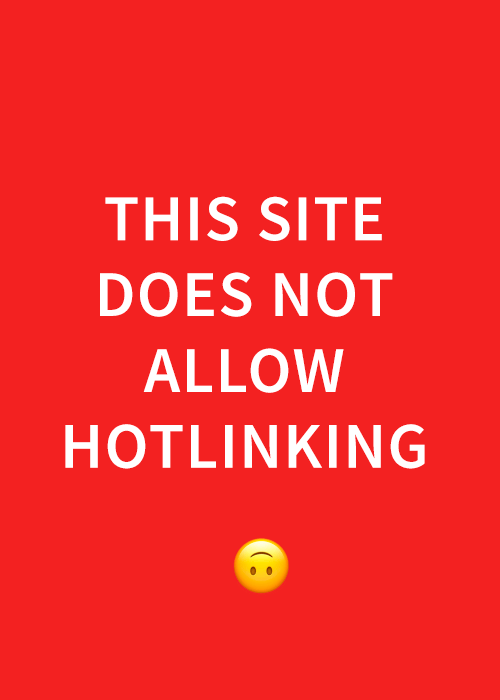
From Sao Paolo Agency Moma Propaganda
Alpha
"Once we were not jumping. keep a blog, twitter, facebook. We are good at a leaf, but the rest, because we did not see the added value of. Meanwhile we are all about. For it is the combination platter with all those things makes it so fun. Direct comments from readers on things we write, we can not through the leaves, but on the Internet. That was last week Astrid very happy with all the sweet tweets and facebook and blog comments on her broken wrist (update: they must undergo surgery Friday) and we also found last week on the social site noticeboard pint rest. What another great discovery, pages full of beautiful, truly a virtual party there. Our freelancer Dorine wrote a story about social media (to be read in the next Flow – March 14 in the shop). She writes: "Sometimes the feeling comes over me that I 'bad' busy. If the media reports about Facebook or Twitter goes, the tenor usually what I do poverty asset. "She finished the article with a nice counter-voice:" Internet has given me much brought: an untold amount of inspiration that I gain through pint rest . com, handy and useful tips and offers I get if I had another place oproepje who has a good restaurant / recipe for chocolate cake / bike seat or phrase has to do with me at the flea market stand. The warmth of all the great comments after the birth when I proudly posted a picture of my child. "We agree, nothing no erosion of human touch all these social media, life is super cozy with much interaction! In the photo a funny campaign by the Portuguese agency 6B Estúdio / Moma Propaganda about new media.
*Note, I rarely if ever put images from other website on my own website unless I have contacted the website publisher first to ask permission. In this case since the topic is Facebook and virality and the above image has been posted many other places I think the producers at Moma this won't mind. And if they do, they can find me easily through…the social network.
Jan 18, 2012 | Current Affairs, Recent Posts
This charming video came to my inbox this week. A bookstore, animated, in all its touchable, three dimensional quirky wonder. Check it out, and support your local bookstore!
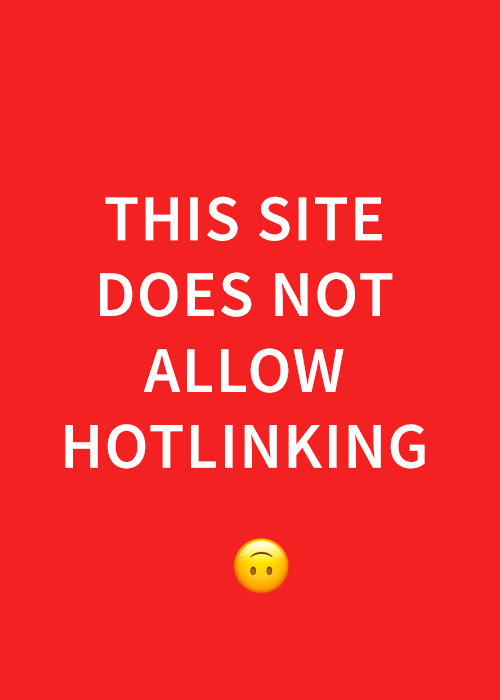
Feb 6, 2011 | Current Affairs, Experimental Lettering, Lettering & Design: Essays, Recent Posts |
I had never heard of Taylor Mali or Ronnie Bruce, until their creative marriage of text and spoken word came my way in the form of this tremendous piece on Vimeo. Ronnie Bruce claims he knew nothing about typography when he created the animated type for Mali's poem "Totally like whatever, you know?" for a class two years ago. If this is the case then it is a rare example of ignorance leading to elegance. Ronnie, please, do more! Taylor Mali I discovered, is famous to everyone but me, and I am just catching up.
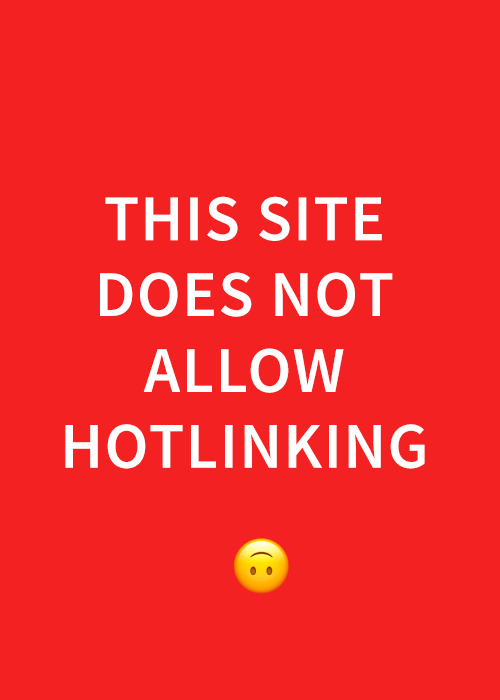
Click here to see the video
The poem itself is a critique of the "valley-speak" language epidemic among those between 2 years old and now reaching into the 40's. It is easy to make fun of the shallow upward arcing phrasing of the "please like me no matter what I say" generation. But it becomes a serious cultural problem when the generation expands upward and people show no sign of growing out of it. In contrast, I think of the street protestors in Egypt demanding removal of their president. I hear no equivocation, no need to be liked. How differently it would play if the crowds spoke in the tone of the entitled American forever-20-something: "Hey Hosni, could you like sort of step aside? Hey like so we could have maybe more equal distribution of resources, water, food, jobs, not that we really care that much?" (Of course that brings up the other question, can language supress revolution? What if they gave a revolution but the populace, so accustomed to a different kind of language, had no idea how to add an exclamation point to their demands?)
And yet, as one critic on Vimeo noted, recognizing the fallibility of one's own opinions is an important and often missing piece of contemporary dialogue. Extremists on all sides shout loudly and with no admission of gray zones, introspection or ambiguity. The tone set by ideology never allows for actual exchange of world views or what we think of as conversation. We seem to have lost the middle zone of thoughtful and considered opinion, delivered in the kind of tone of voice that takes responsibility and asks for the same in return. This voice doesn't ask for praise or try through the sleight of hand of syntax to avoid conflict, it asks for connection.
Taylor's poem takes on this issue beautifully. Although it is sly and bitingly funny, it works as far more than entertainment: it is a call to linguistic arms. Interestingly, when I read the poem in its simple "print" version it did not hold up as a work of art. It is Taylor's timing and twists of tone, amplified by the intuitive typography, which bring it alive. The message is dramatized by the tension between the authoritative believability embedded in "set type" and the helplessly noncomittal voiceover. The text moves from simple declarative sans serif, which continually undermines itself by turning upside down, sliding sideways or flirtatiously winking, to a more stately serif font as it makes its final point:
"I entreat, I implore you, I exhort you, I challenge you: To speak with conviction."
Jan 22, 2011 | Current Affairs, Lettering & Design: Essays
A few years ago an architect friend was contemplating what he might do with the rest of his life if he had ultimate freedom. Retire? Take up watercolor? Get his collected client sketches published in a leather-bound coffee-table book? Or no, he said, he thought he would go to China and build office parks. I recoiled in horror. In my mind’s eye the silk scroll of China had become one vast dystopian field of concrete boxes with bulldozers at the gate of each remaining village and in place of calligraphic clouds a swaddling fog of pollution. And he wanted to play there?
Last Sunday in the New York Times I read about a version of China that makes me consider my friend’s aspiration in a new light. The affluent class has developed an appetite for beautiful and adventurous architecture— and they are hiring American architects. They are also giving them almost complete design freedom, and this is what most interested me as an artist and designer. How exactly do you function creatively on such a huge platform — with no guidelines? Seattle architect Stuart Silk’s experience was quite revealing.
“A lot of emotions went through my head,” Mr. Silk says. “Disbelief was one of them. Then the anxiety that comes along with the responsibility to do something without direction. But ultimately it was very freeing and intellectually exciting.”
“Each of Mr. Silk’s nine designs [for villas in the range of $7.5 to $15 million] was required to be distinct, but no stylistic guidelines materialized. For the first time in his career, he wasn’t an architect interpreting a client’s tastes and personality, but an artist facing a blank canvas. “It opened up a part of my brain that hadn’t been exercised in a while,” he said.
“Mr. Silk visited the Suzhou gardens, west of Shanghai, where he encountered signs interpreting the landscapes; they were written in poetic language. That prompted the idea of writing story lines from which each villa design could bud. His narrative for one home, called Bending Paths, begins in a meditative vein:
“Like rings from a stone dropped into a pond,” he wrote, “curving walls create a journey and define space.”
Although the design process depicted here concerns architecture it applies to the universal question of any artist or creator confronting a blank page. How do you go from emptiness and the unsettling feeling that all decisions are arbitrary to decisions that feel fated, necessary, and right? If narrative is the solution, where do stories come from? How do you find an authentic launching point?
In non client-driven work I sometimes have no idea what the story is and unbridled anxiety or some other powerful emotion itself becomes the driving force and the ‘plot.’ Once my Japanese calligraphy teacher gave me a set of characters to work with and refused to tell me what they meant. When I brought the work in she exclaimed that it was the best calligraphy I had ever done — and indeed I agreed with her. I had felt completely inspired by the characters and assumed I was writing something with great spiritual meaning. Then she told me what it meant: “Autumn Sports Festival.” You mean, I asked her incredulously, football season??? Surely this can’t be. At which point she described in lyrical detail Autumn in Japan: the radiant skies, the leaves, the children’s games played in the temples, a palpable and magical sense of spiritual and physical exhilaration —all of which I experienced a few months later in September on my first trip to Japan. Indeed I had followed a story in my work, even if I was guided by an unconscious understanding of its essence rather than its plot.
I appreciate the candor of Stuart Silk in speaking about his process and for showing the importance of narrative in finding a direction and path. If it’s effective in designing a fifteen million dollar villa then surely it will transform my next wordmark project.
Dec 8, 2010 | Current Affairs, New Work, Recent Posts
According to David Brooks' column today, "People remember information that is hard to master. In a study for Cognition, Connor Diemand-Yauman, Daniel Oppenheimer and Erikka Vaughan found that information in hard-to-read fonts was better remembered than information transmitted in easier fonts."
So all these years spent tweaking obstructionist serifs and micromanaging kerning and becalming exuberant flourishes is for naught? Hear me, oh legibility squad, thee who sit on committees critiquing expressive letterforms and who delight in bringing down your iron fist upon the calligrapher's wrist, what if God really is in the complexity? What if the cereal box that can't be read from the milk aisle afterall but requires a closer view is the one we recall and reach for? Or the tangled romance cover with s's commingled like Medusa's curls, what if that's the one we send someone to the Fred Meyer to buy secretly just before midnight?
I never thought David Brooks, with whom I disagree on almost everything, would inspire me to art. But here you go, "Legibility, Rest in Peace." Unretouched brush calligraphy done with one of those brushes that has such a fugitive ink that if I don't scan it right now it will vanish tomorrow.
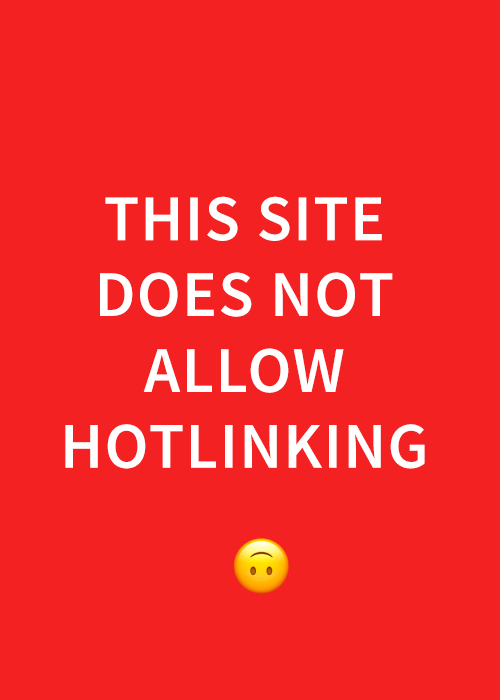
© 2010 Iskra Johnson




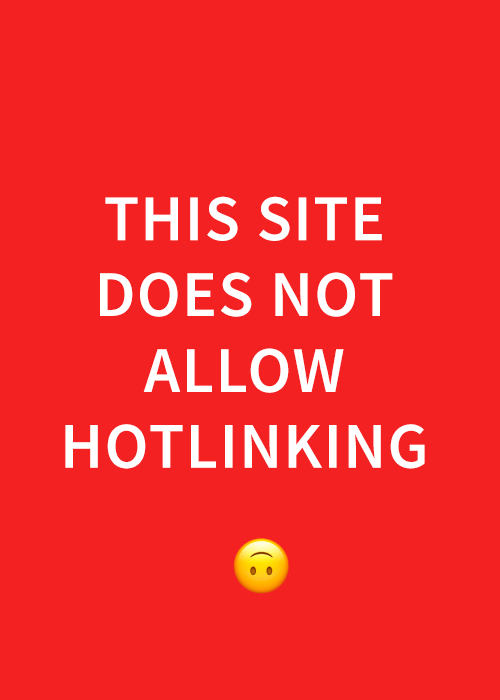 Designer, calligrapher, lettering artist.
Designer, calligrapher, lettering artist. 